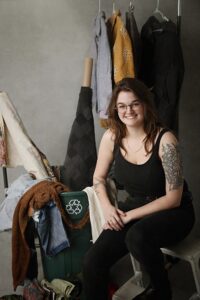
Today we’d like to introduce you to Elise Sims.
Hi Elise, we’re thrilled to have a chance to learn your story today. So, before we get into specifics, maybe you can briefly walk us through how you got to where you are today?
I never really bought into the notion that we have to choose to be one thing when we grow up. Two years ago, I quit my job in education in order to blaze a new trail for myself. I knew that I definitely didn’t want another 9-5, and I also knew that I wanted to do something to address the global textile waste crisis. I created TRASHCLOTHES as a passion project with the primary goal of keeping clothes out of landfills. Since then, it has grown into a career.
Alright, so let’s dig a little deeper into the story – has it been an easy path overall and if not, what were the challenges you’ve had to overcome?
It has definitely been challenging. Initially, my biggest struggle was my lack of business knowledge. I have two degrees and neither of them equipped me to form an LLC. It seemed daunting at first, but I quickly learned that the best way to figure all that stuff out is to just do it. Now, I’d say my biggest struggle is the lack of resources. I have big goals, but unfortunately, I’m just one person with limited money, time, and space to work. (Heck, I still have a part-time job on the side!) I am up for the challenge, though.
We’ve been impressed with Trashclothes, but for folks who might not be as familiar, what can you share with them about what you do and what sets you apart from others?
TRASHCLOTHES is a textile upcycling business that utilizes reclaimed materials to rescue, repair, and remake clothing. While I’m most known for making handmade clothing, I want people to know that TRASHCLOTHES does much more than sell cool clothes. In addition to the upcycled apparel and accessories, I also offer a variety of tools and sewing services to extend the lifespan of your clothing and to reduce textile waste.
I am different from other upcyclers because, frankly, my sewing skills are adequate at best. LOL – but seriously, I’m just a normal person out here learning as I go. The work that I do is imperfect, and honestly, that’s the point. I want to send the message that you don’t have to be a master sewist in order to make and repair your own clothing.
I am most proud of the excitement that TRASHCLOHTES has generated around sustainability. I want to encourage people to rally around sustainable apparel, and it’s incredibly fulfilling to know that people are actually buying in. Whenever someone tells me that they’ve decided to learn how to sew, or sends me photos of their upcycling projects, or gives me their old clothes and fabrics, or mentions to me that they thought twice before buying new clothes, I know that TRASHCLOTHES has been worth it. The crazy part is, this is just the beginning.
What sort of changes are you expecting over the next 5-10 years?
I am extremely optimistic about the trajectory of the sustainable fashion industry! Upcycling is trending. Thrifting is cool. We are currently seeing a shift toward vintage and consignment, which is the first step. People are really starting to care about not only where their clothes come from, but also where their clothes end up. The fact that fast fashion is bad (for a lot of reasons – e.g., overproduction, underpaid garment workers, use of low quality or harmful materials, overall lack of accountability for apparel manufacturers, etc.) has made its way into the mainstream. The increase in public awareness of these issues is setting us up for a bigger, long-term movement toward more sustainable clothing practices in the future.
Unfortunately, I do not see fast fashion ending any time soon, but we can look forward to seeing more accountability in the production and waste disposal practices of clothing manufacturers in the near future. Brands are catching on that sustainability is trending, which is both good and bad. On one hand, they are feeling the pressure to make meaningful change, but on the other hand, they are seizing opportunities to capitalize on a growing trend. For example, Urban Outfitters is frantically cranking out products that look like they are upcycled but aren’t. It is absolutely imperative that we think critically about the purchases that we are making. As consumers, we can help facilitate the shift toward sustainability in the fashion world by being more conscious of where we’re putting our money.
We are already headed in the right direction; we just have to keep the momentum going. In the next few years, I expect to see a shift away from large clothing manufacturers and toward small businesses. More notably, I expect to see a significant increase in handmade garments, mending, and at-home repairs. After all, the most sustainable outfit is the one already in your closet.
Contact Info:
- Email: welovetrashclothes@gmail.com
- Website: https://trashclothes.squarespace.com/
- Instagram: https://www.instagram.com/_trashclothes/
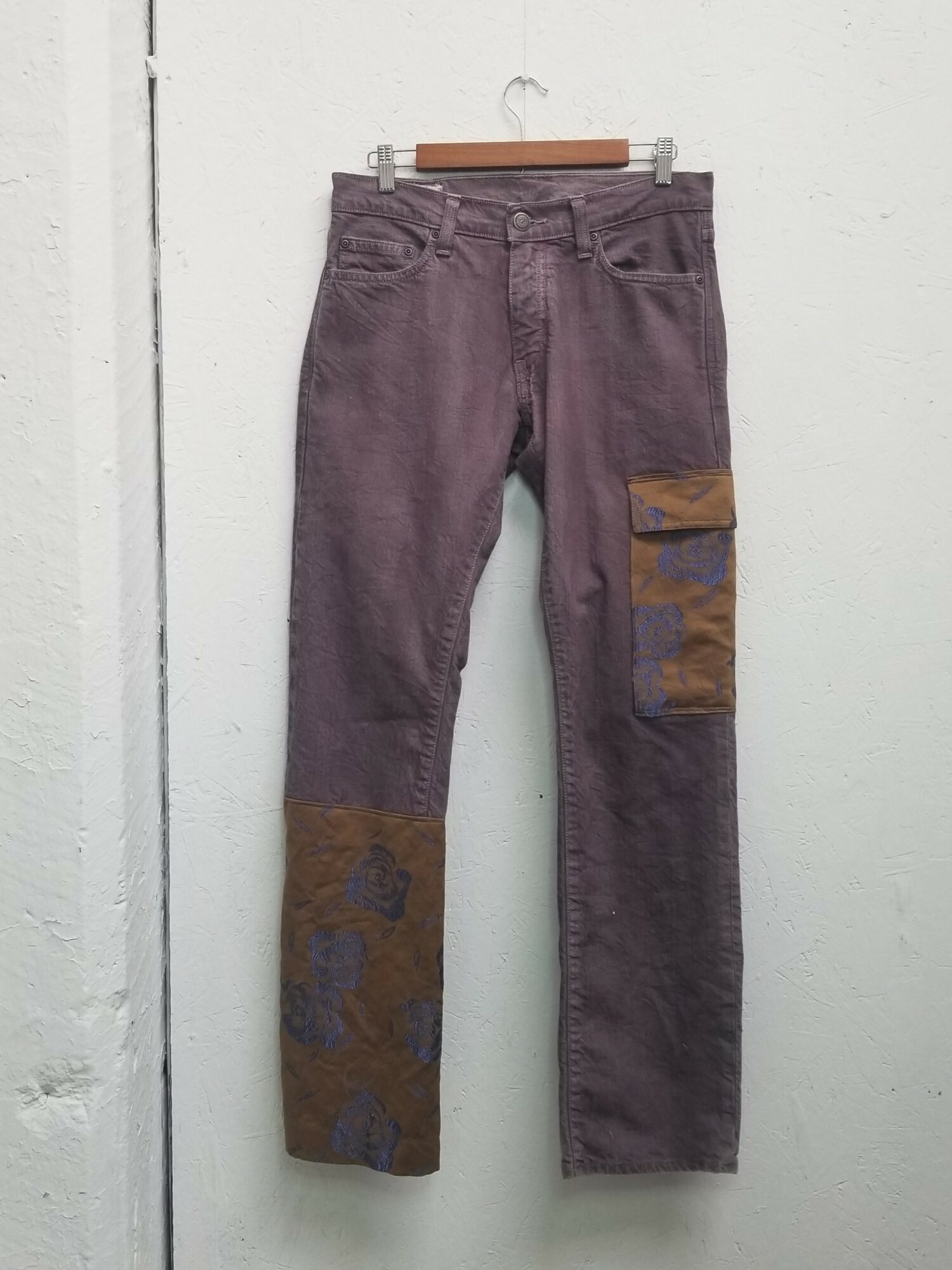
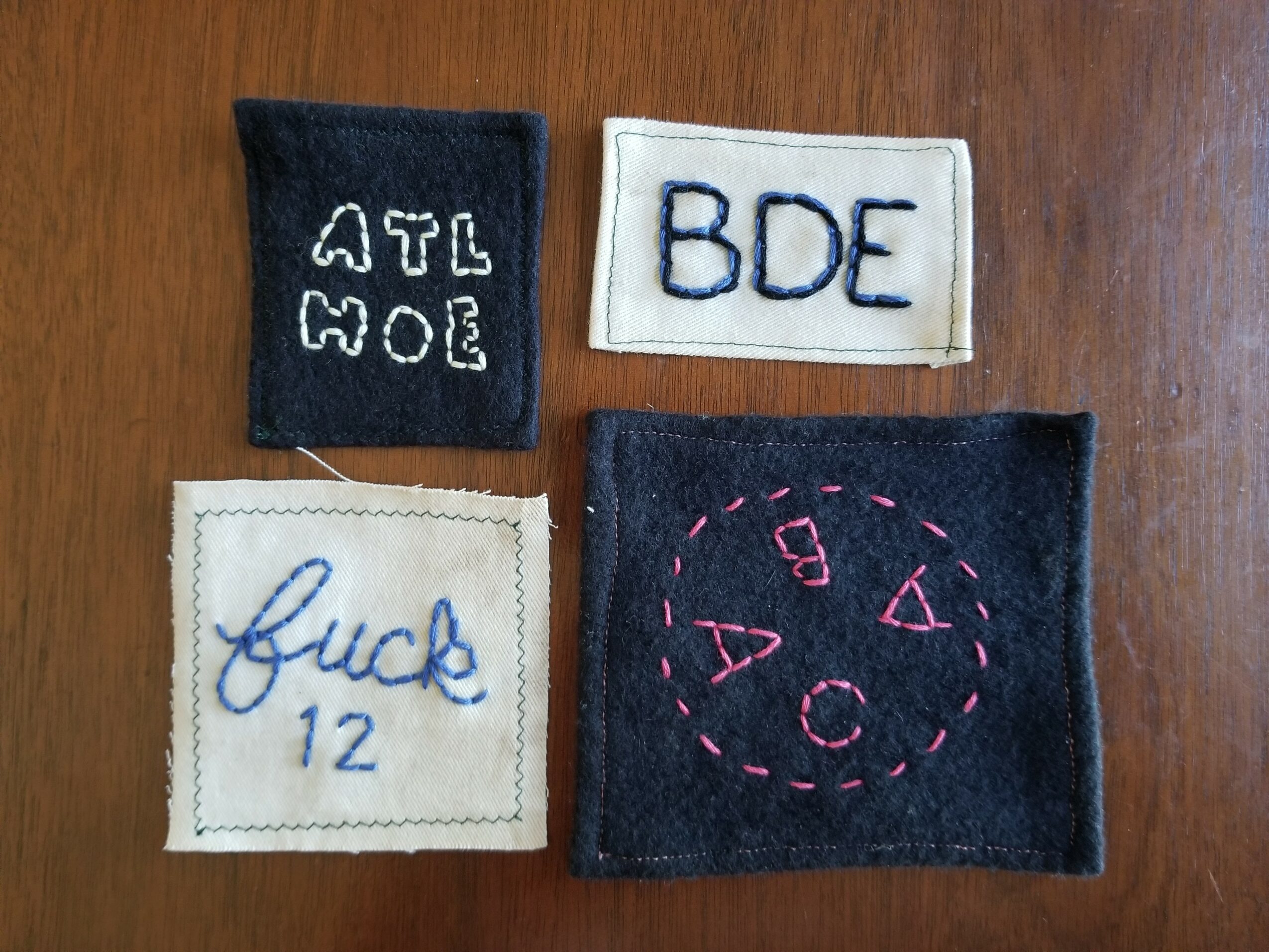
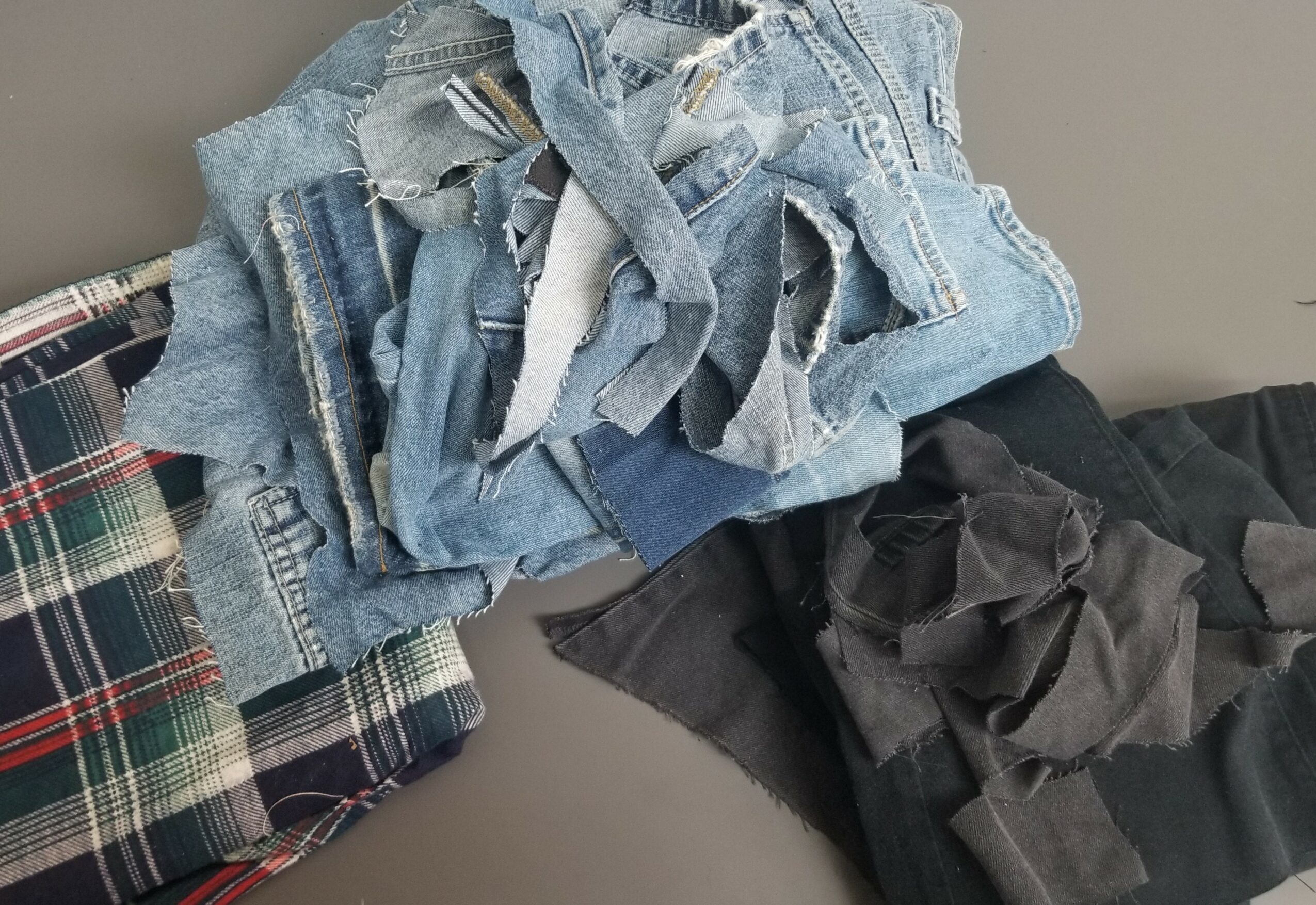
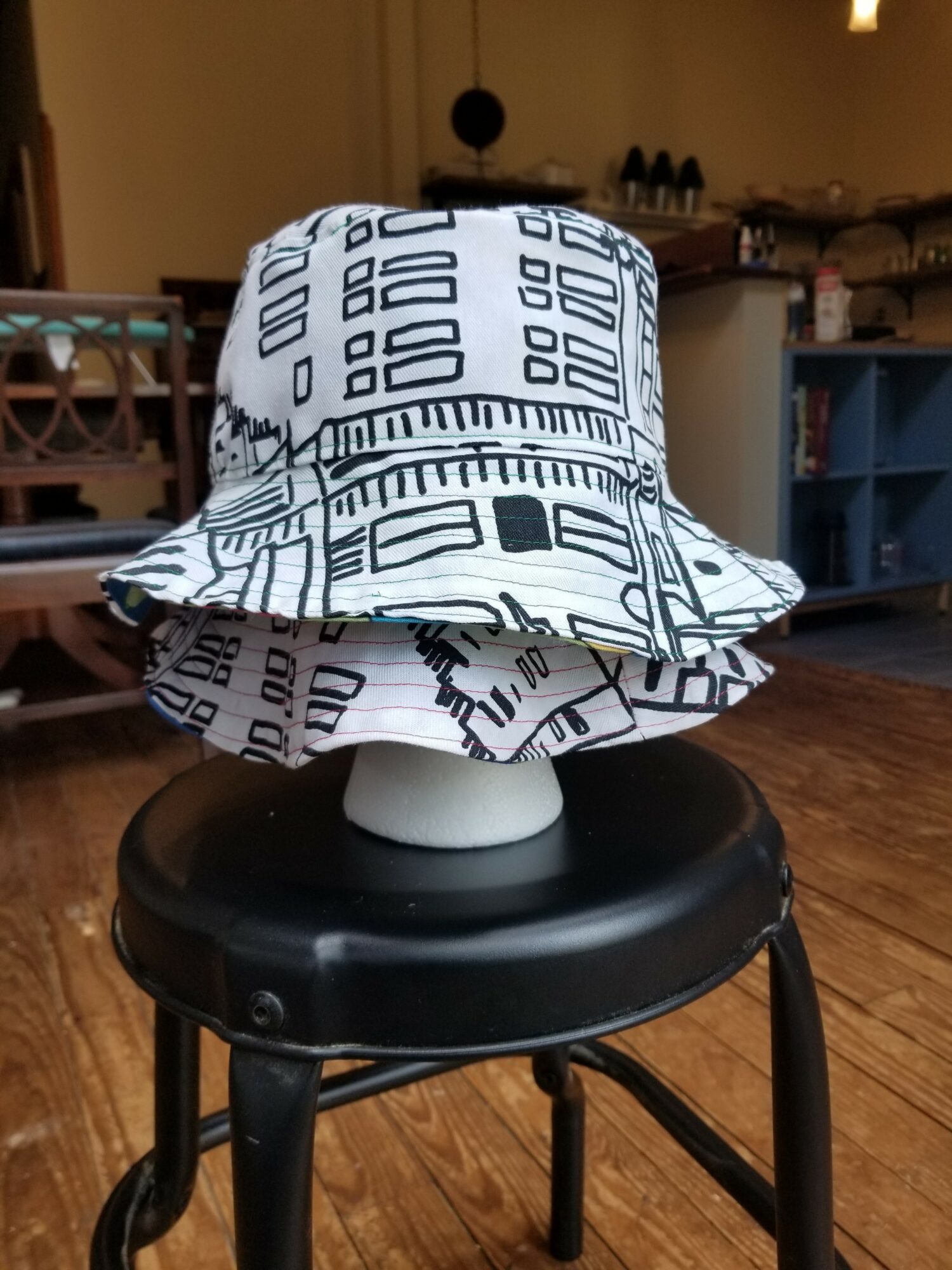
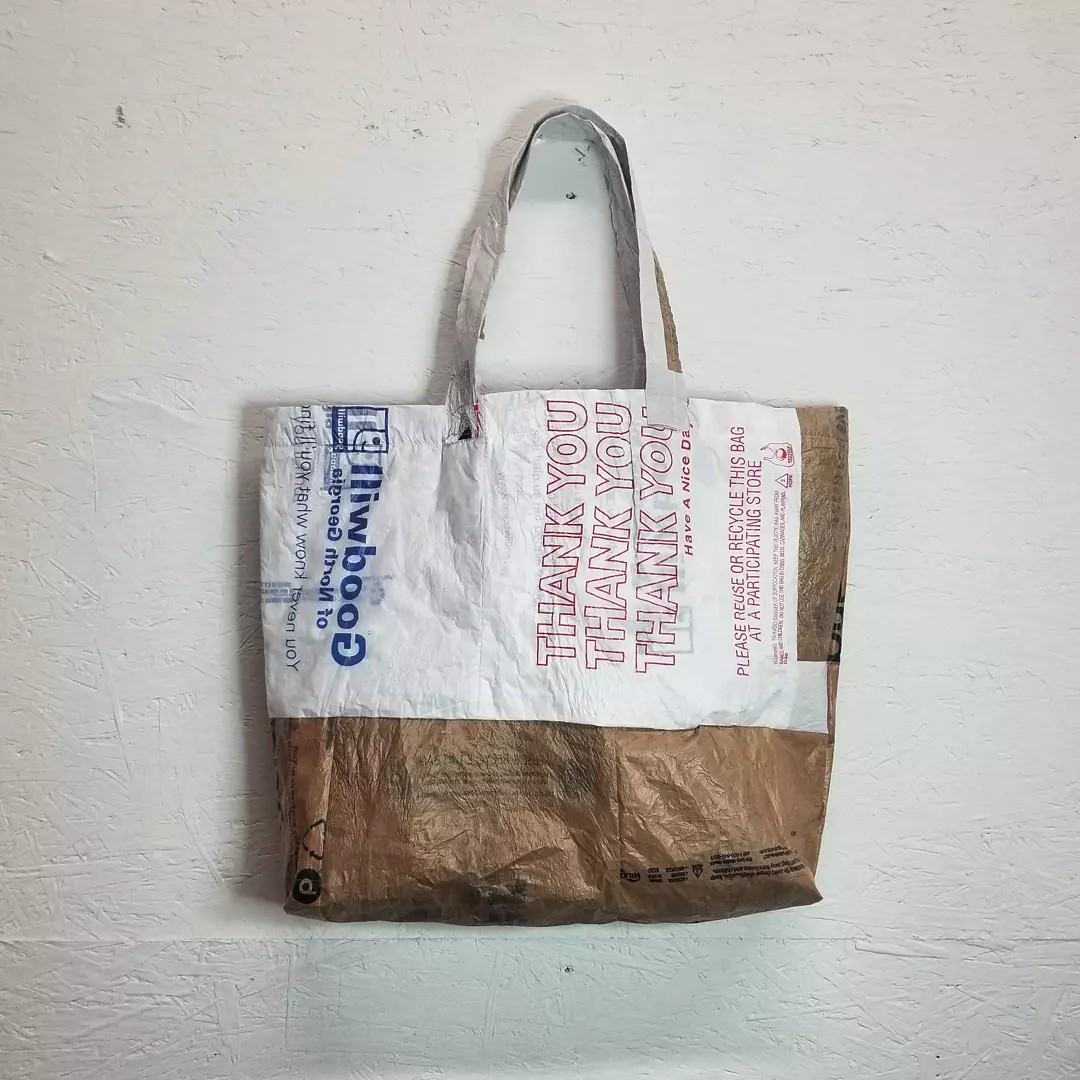
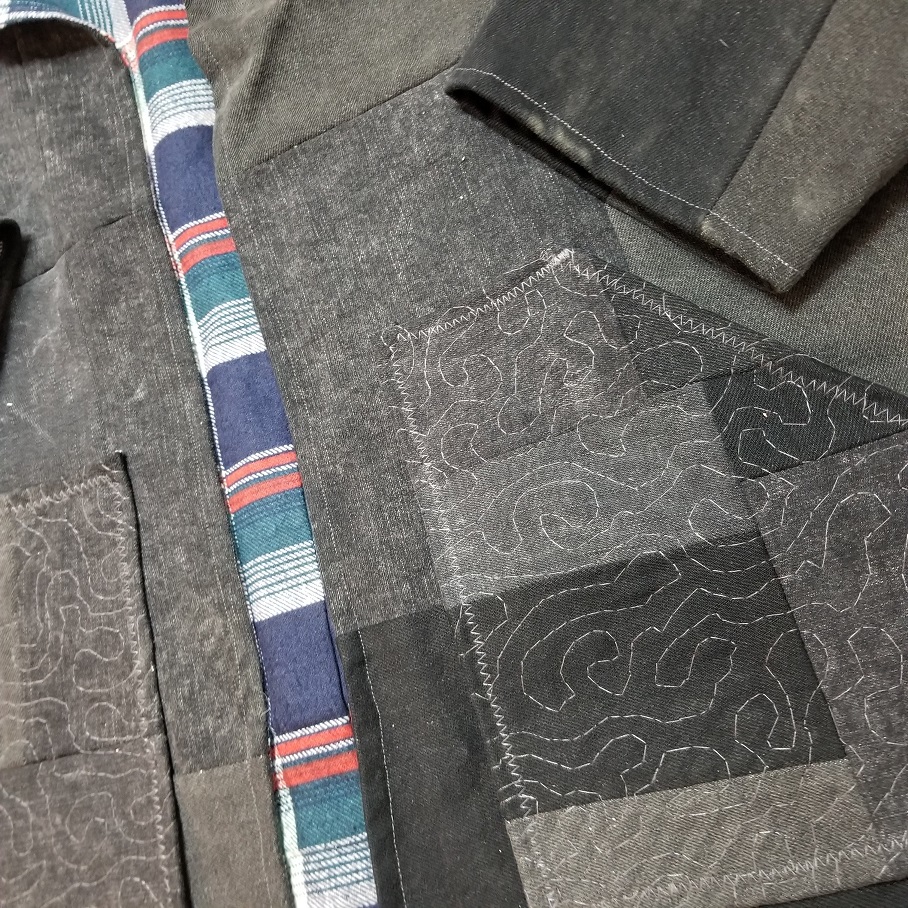
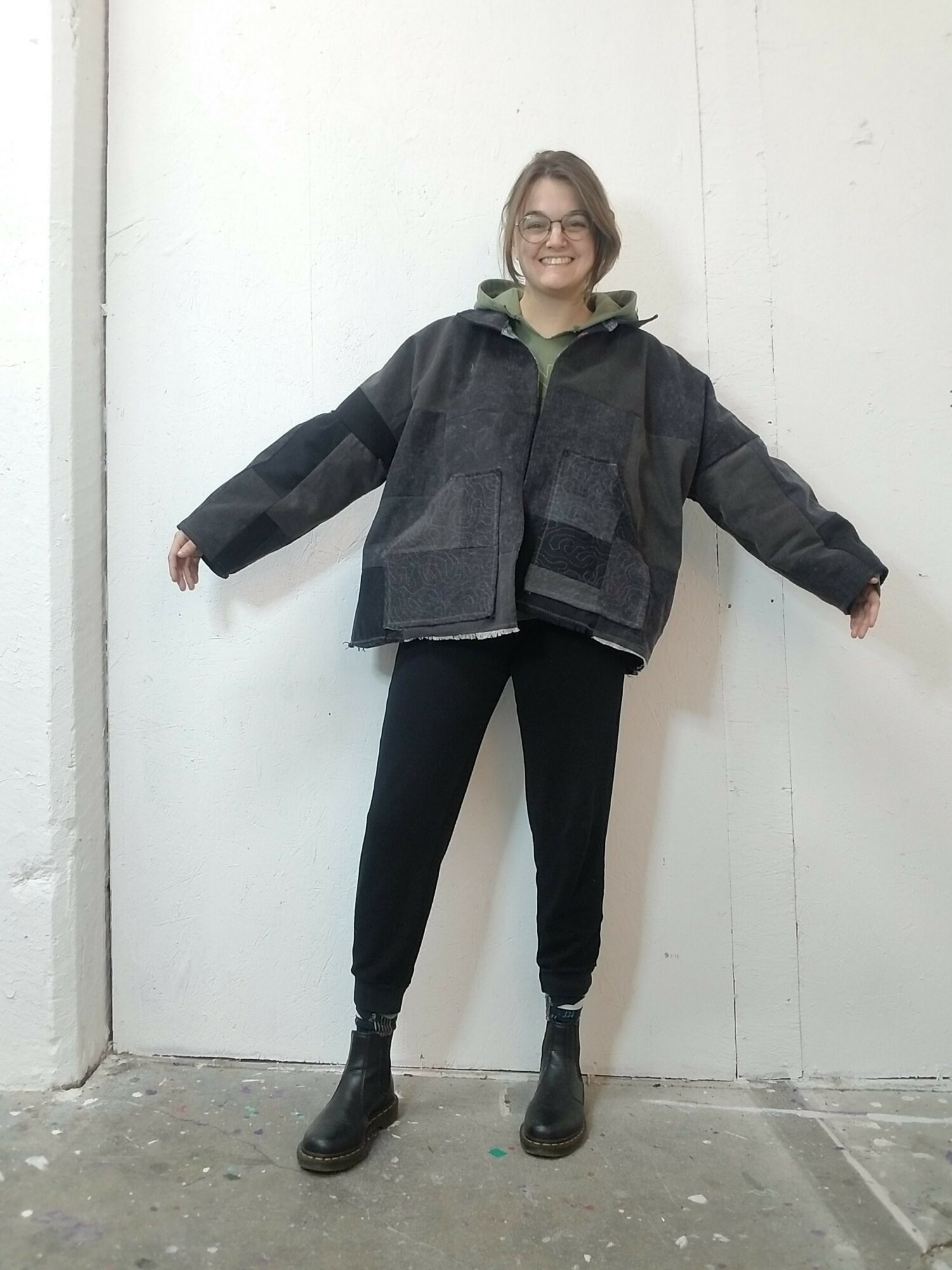
Image Credits:
Cindy Harter Photography













